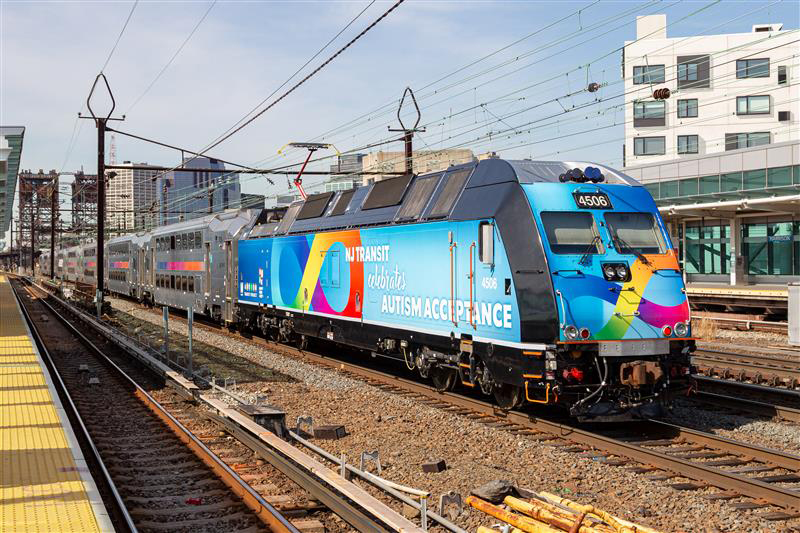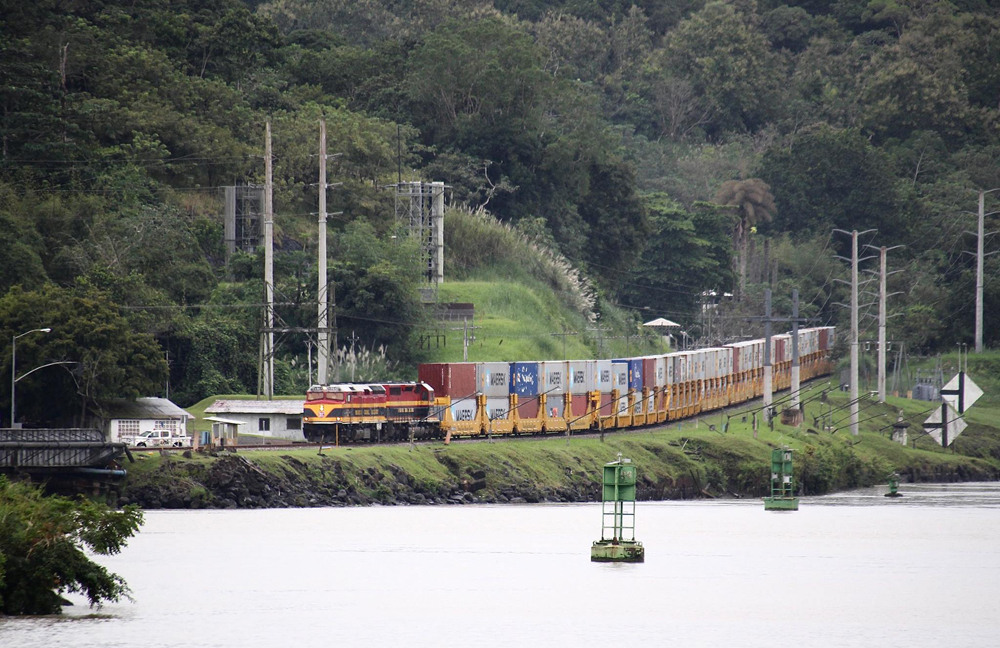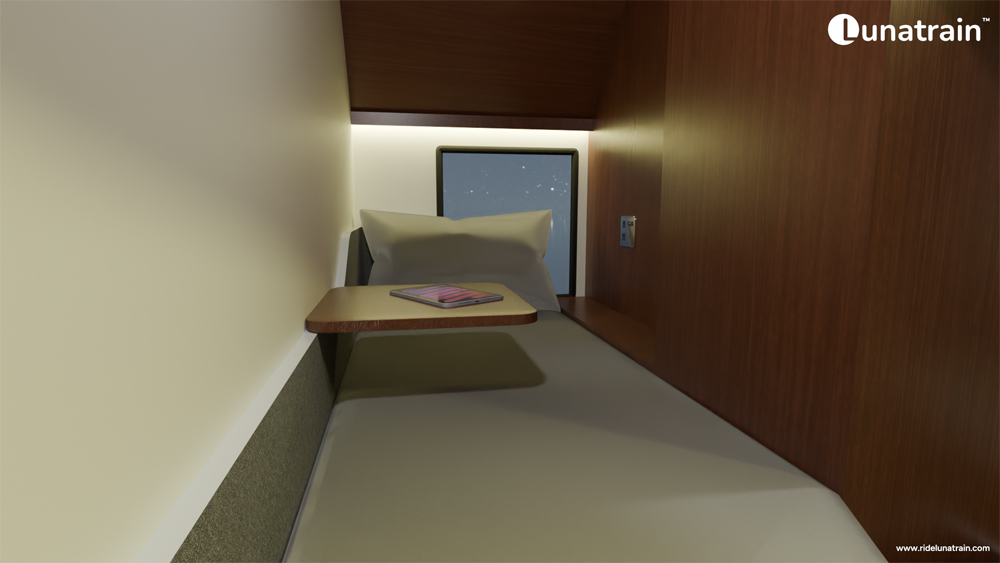O gauge Q-Type subway set by MTH Electric Trains
Price: $439.95 (no. 30-20427-1 powered three-car set) and $219.95 (unpowered three-car set) Cmd low speed: 6.4 smph Cnv low speed: 7.8 smph High speed: 63.2 scale mph Drawbar pull: 1 pound, 6 ounces Features: Two can-style motors, ProtoSound 3.0 command and sound system, directional lighting, and two coil couplers. Current production: Metropolitan Transport blue or green. For more information go to www.MTHTrains.com
This O gauge subway set has a vintage look – and no wonder! In real life the cars were close to 40 years old when they were rebuilt into Qs and subsequently served for decades longer. What? How did that happen?
The cars that would become the Q Type were assembled between 1903 and 1907 for Brooklyn Rapid Transit (BRT). The cars were rebuilt in 1938 to prepare for the surge in traffic for the 1939 World’s Fair held in New York City.
Several companies made the original cars, relying primarily on wood construction. They looked similar to passenger cars operated by steam railroads. Travelers entered through doors reached by open platforms at each end of the cars. Crewmen opened gates for entry and exit; hence, the design became known as “gated cars.”
The platforms were enclosed, and side doors were installed when the cars were rebuilt in a style subway riders today would recognize. They operated in three-car sets.
They served on elevated lines to the 1939 fairgrounds. Later – after another trip through the shops for additional work – the train sets were reassigned to other lines. They had the chance to haul additional fairgoers at the 1965 World’s Fair as well. The last cars served until 1969.
Opening the box
At first glance, this MTH subway set resembles standard steam-era railroad passenger cars with their wooden texture detailing, tall windows, and clerestory roof. The light blue color suggested to me an earlier era of railroading, when cars were more colorful and not decorated in various subdued shades of gray or Pullman green.
The roofline caught my eye first. There are small windowpanes on the sides, and it looks very good in a low-light situation. Each side has 10 large windows and two small windows in each door.
The ends simulate steel control cabs (the rivet detail and smooth texture are clues), but the sides retain their vertical “wood” strips. The ends have a single window for the motorman and a safety chain to prevent passengers from exiting through the end door. The model has a pair of low-mounted headlights; up top are marker lights.
On what appears to be two boarded-up windows, you’ll see the car number. The route is named next to the rear door of the car (BMT Lines Queens Plaza and Flushing).
There are thin orange borders by each entrance and just below the silver roofline. The road name “BMT Lines” (Brooklyn-Manhattan Transit Corp.) is finely printed inside the stripe in blue.
The motorized unit has clear windows on the front and rear. The passenger compartment windows are slightly frosted to mask the unit’s can-style motors and electrical components. The trailing cars have a light blue interior with seats and benches.
The undercarriages show what are probably battery boxes. The die-cast metal trucks on the motorized car have simulated third-rail pickups painted a dull maroon. The trailing cars do not have the simulated pickup.
You aren’t limited to three cars, however. Both the nos. 30-20427-1 Metropolitan Transport (blue) and 30-20428-1 Metropolitan Transport (green), have separate-sale unpowered three-car add-on sets available.
On the test track
Our three-car set performed exceptionally well. It ran smoothly, although the noise of cars clattering along the molded plastic-base track obscured the subway sound system’s electric motor hum. You could, however, hear the announcements very clearly.
Speaking of the sound, you can operate the train manually or trigger the station-stop sequence, where it works through various points on the BMT line. The sound package is straightforward – don’t expect dialogue out of a Damon Runyon story!
Drawbar pull measured 1 pound, 6 ounces, so you can attach an express reefer or two and ensure the folks of Brooklyn fresh lettuce for supper!
The speed range was 6.4 scale miles per hour on the low end. Tight curves on our test layout limited the top speed to 63 scale miles per hour.
The Q-Type subway cars have a nice vintage appearance that doesn’t directly suggest “run me underground.” They can easily look right at home on a steam-era layout serving your commuters.
Take a closer look and you may find a gap in your passenger service these cars can fill.















It just so happens that I was at the New York City Transit Museum today, 2/14. The MTH model is spot on! And right next to 1612C was three Gate Cars. One correction though. The Q- Cars were opened and closed by one conductor. The Gate Cars were opened and closed by a Conductor standing between two cars and each Conductor sounded a bell once the gates were closed. To this day, these wooden cars are banned from carrying passengers underground because of the horrible 1918, Malbone Street crash.